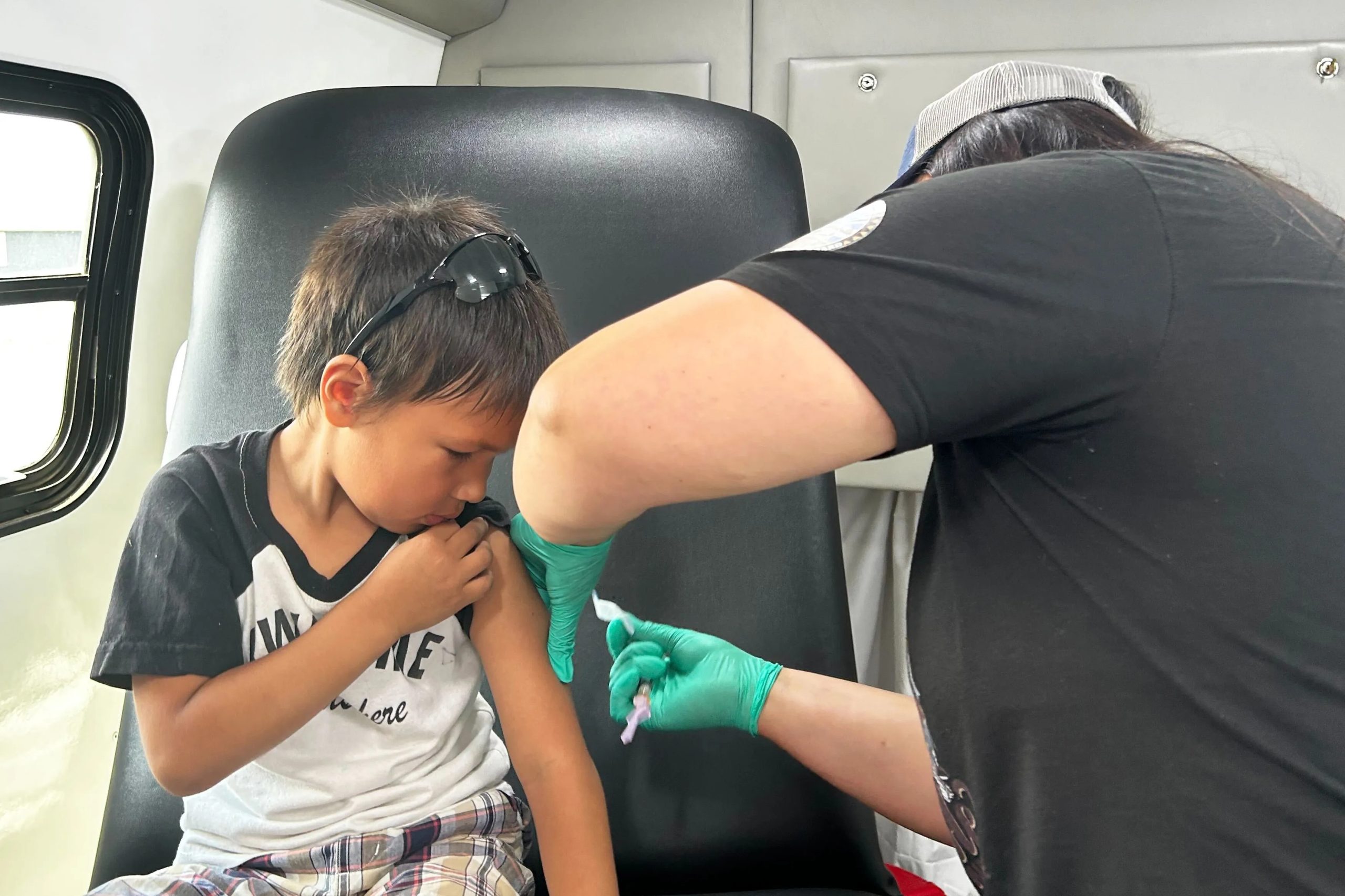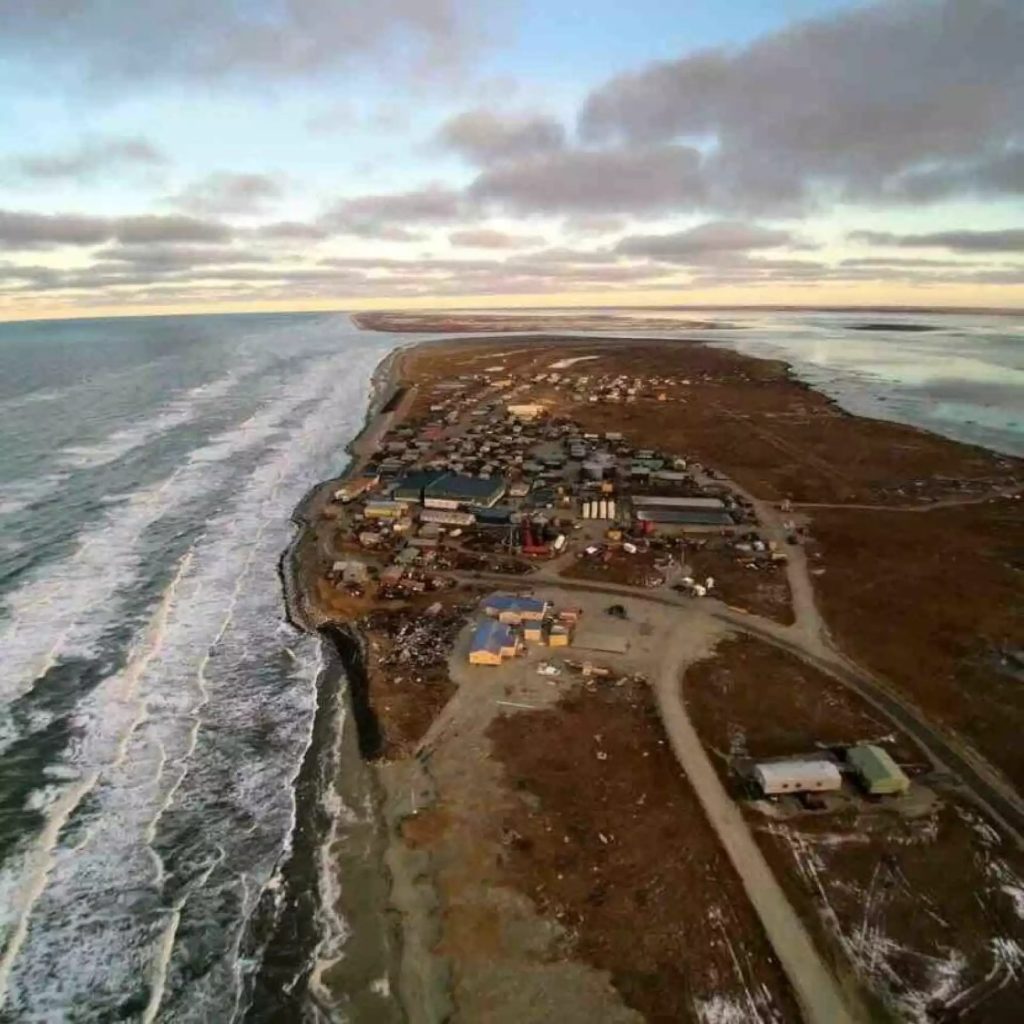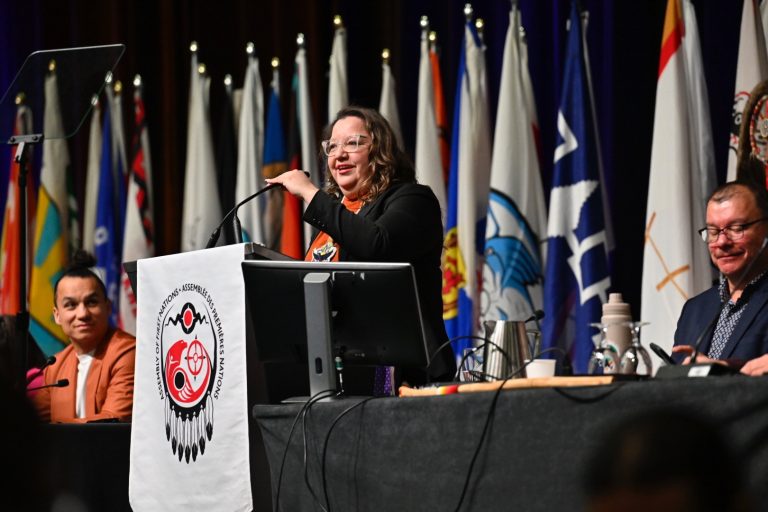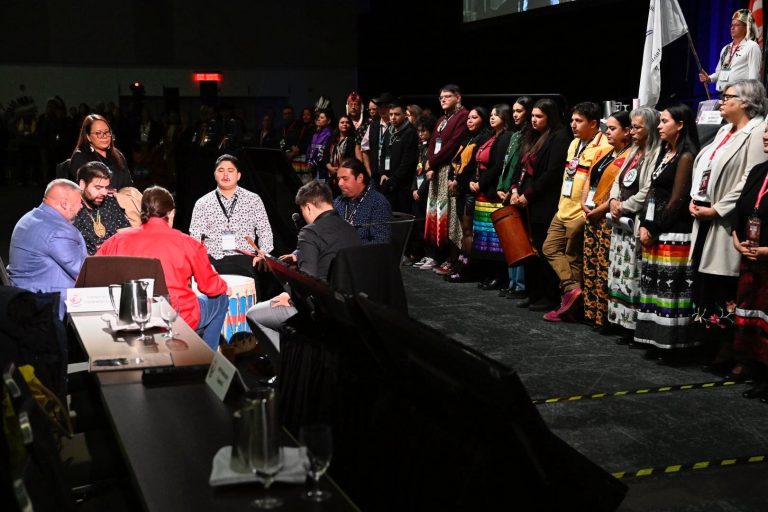Podcast: Play in new window | Download | Embed
Photo: Shishmaref, Alaska, which will receive some of the EPA clean-up funds for tar. (Courtesy Dennis Davis)
It’s been more than 50 years since Alaska’s Native corporations and villages received land from the federal government under the Alaska Native Claims Settlement Act (ANCSA).
Some of those lands were contaminated when they were distributed, but the Environmental Protection Agency (EPA) has only recently started paying for clean-up at a few state sites.
Alaska Public Media’s Rachel Cassandra has more.
Alaska Native corporations and villages began to get funding for contamination clean-up under an EPA program launched in 2023.
This year, the EPA has announced more clean-up sites.
Alaska will get $6.7 million from the agency to clean up sites on land owned by three Alaska Native corporations and villages.
The sites were already contaminated with asbestos, tar, and petroleum when they were transferred to Alaska Native corporations and villages under ANCSA in 1971.
Stephanie Buss, who manages Alaska’s contaminated sites program, says it’s “past time” to clean them up.
“We’re just thankful for the work that we’re able to do with the federal and tribal partners to get these sites addressed and really address the human health and environmental risks that they pose.”
U.S. Sen. Lisa Murkowski (R-AK) has called the failure of the federal government to clean up ANCSA lands a “shocking environmental injustice.”
Sen. Murkowski created the EPA’s Contaminated ANCSA Lands Assistance Program in 2023.
Buss says the EPA grants target three sites.
The money will go toward cleaning up asbestos near Utquiagvik, tar in Shishmaref, and sludge in Unalakleet.
The Alaska Native Tribal Health Consortium will also get $3 million in EPA funding to support the program and help communities apply for funding.
Buss says the federal government and state are identifying more sites eligible for these EPA grants.
“We are aware that there are hundreds of them that were conveyed contaminated that need to be addressed.”
Past state estimates have identified over 1,000 contaminated sites.
According to the EPA, contamination on ANCSA lands includes arsenic, asbestos, lead, mercury, pesticides, PCBs, and petroleum products.
Alaska Native corporations and villages have said the contaminations are a threat to Alaska Native subsistence activities, posing serious threats to food security, human health, culture, and Alaska Native economies.
More information about applying for the EPA grant funding is on the EPA’s ANCSA program website.

Makaito Cuny (Oglala Sioux) watches as he gets his second measles shot in a mobile clinic. (Photo: Arielle Zionts / KFF Health News)
Public health officials remain concerned about a resurgence of measles cases in the U.S.
Mike Moen reports.
They say it’s still hard for people in under-resourced areas, including tribal communities, to vaccinate their children.
Partners in South Dakota are responding with outreach efforts.
KFF Health News reports the Great Plains Tribal Leaders’ Health Board, which serves tribes in Iowa, Nebraska, and the Dakotas, is trying to get a head of measles outbreaks with mobile vaccination clinics.
The board’s Dr. Meghan O’Connell (Cherokee) says vaccination data on Native Americans is imperfect, but it suggests a lower percentage of them have received measles shots than the overall population.
“Most of these communities are in very rural areas, so they can face significant barriers to care that others may not. Just getting to the doctor can be a challenge.”
Her team also is working with tribes that want to host vaccine clinics.
Elsewhere, tribal health organizations have launched social media campaigns and are reaching out to the parents of unvaccinated children.
The Center for Disease Control (CDC) says the highly contagious disease has seen its largest outbreak in the U.S. since 1992, with a handful of deaths this year.
Get National Native News delivered to your inbox daily. Sign up for our daily newsletter today.



